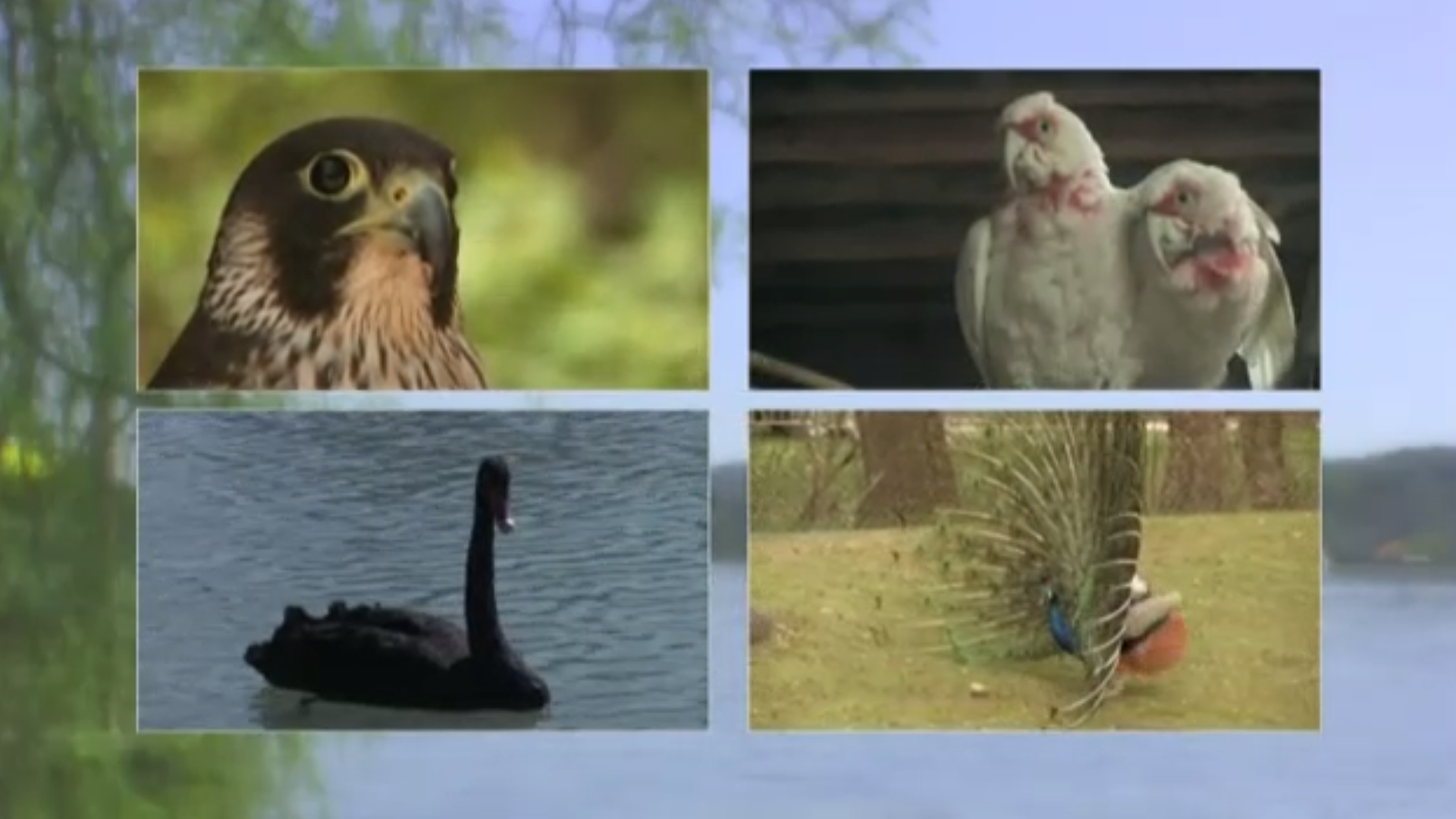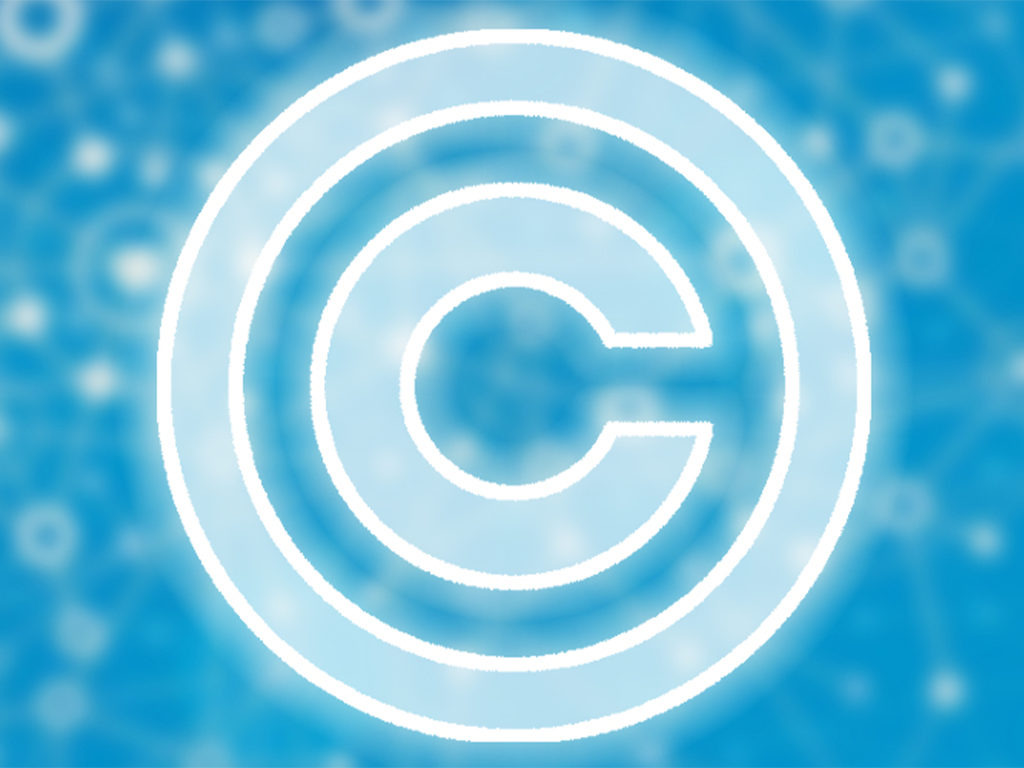 Biology
Biology

4656279 / 5551013
Birds
Vertebrates 4
This DVD from the Vertebrates series comprehensively introduces birds by means of various examples of indigenous, tropical and polar bird species. Among other things, it provides information on typical bird characteristics such as skeleton and bone structure, structure and function of the beak and feathers as well as the principle of light-weightness. Impressive close-ups of prepared bird bones as well as of a feather’s vane serve to illustrate these aspects. The adaptability of birds to the environments of air, land and water as well as to different kinds of food are shown by means of the examples of typical representatives of the species such as eagle and falcon, emu, duck, moorhen and kingfisher. Here, the pupils also learn about the relation between diet and shape of beak. The reproduction and breeding of birds is illustrated with impressive outdoor pictures of courtship and nest-building with different bird species, the hatching of a chick, the raising of grey herons up to the squabs’ first attempts at flying. Furthermore, the menu includes additional pictures as well as a tabular list of the different breeding times of altricial and precocial birds. Thus, this DVD offers flexibility and variety in the classroom and is especially suited for interactive learning.
Play trailer
Curriculum-centred and oriented towards educational standards
Matching
Blogging
The weblog or blog, for short, as a medium is not much older than this century. Blogs came into being in the World Wide Web as ’messages from below’, as web pages from web creators who wanted to share their view of the world with the world. They are short notes, long texts, pictures, videos, which are posted loosely and at random intervals to the world for an undefined public.
Copyright
Copyright is subject to constant change to keep up with technological advances. This film enables the viewer to grasp the basic principles of this extremely intricate matter. By way of introduction, the film defines what an author is, what kinds of works there are and how long a work is protected on principle. Then the fundamental rights of an author are cited and it is shown how these are exploited in our times. In the third chapter, the respective rights are illustrated by way of practice-oriented examples of books, photos, music and films. Here, of course, an emphasis is laid on the field of education, taking into account the latest case law within the EU and Austria in particular. A further chapter highlights the problems arising with the Internet and goes into the citation law and pirate copies. All in all, in this way the viewer is made familiar with the most important basic terms and their meanings. Comprehensive worksheets and additional accompanying material invite us to deepen our knowledge of the subject.
Inclusion
Madita is eleven and blind. She does not want to go to a special school but to a regular grammar school. She says she feels "normal" there. Jonathan is eight and has a walking disability. He likes going to the school where he lives. Here, his best friend sits next to him. Max Dimpflmeier, a teacher who is severely deaf, explains that school life is not easy. Quote Max Dimpflmeier: "You don't want to attract attention, you want to avoid saying that it is necessary for you that 70 people adjust to your situation." People on their way to inclusion.









